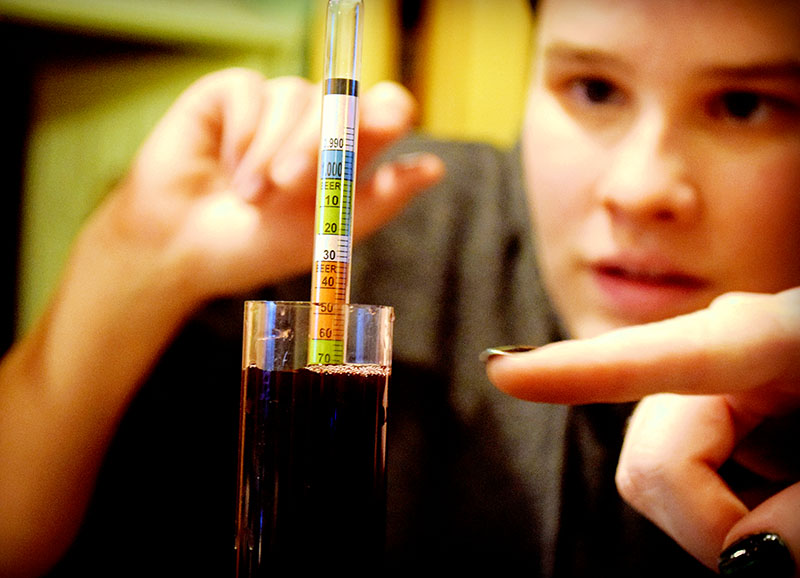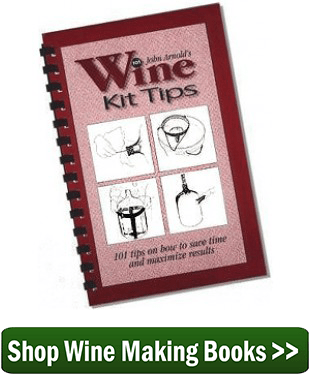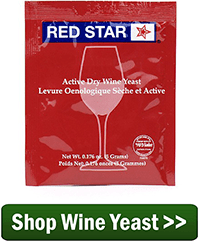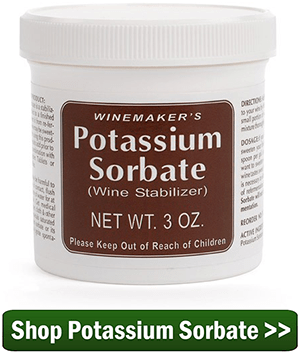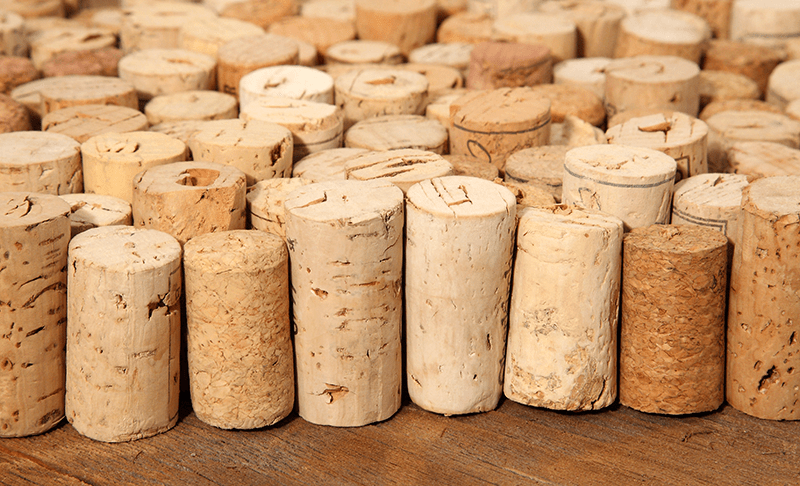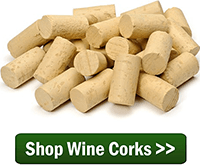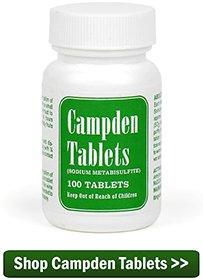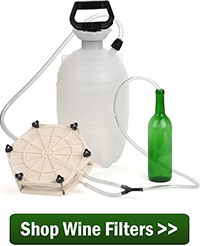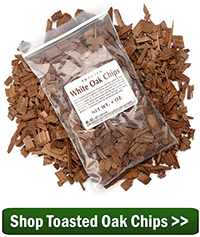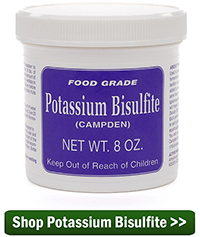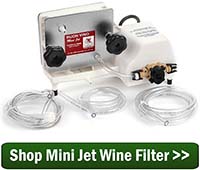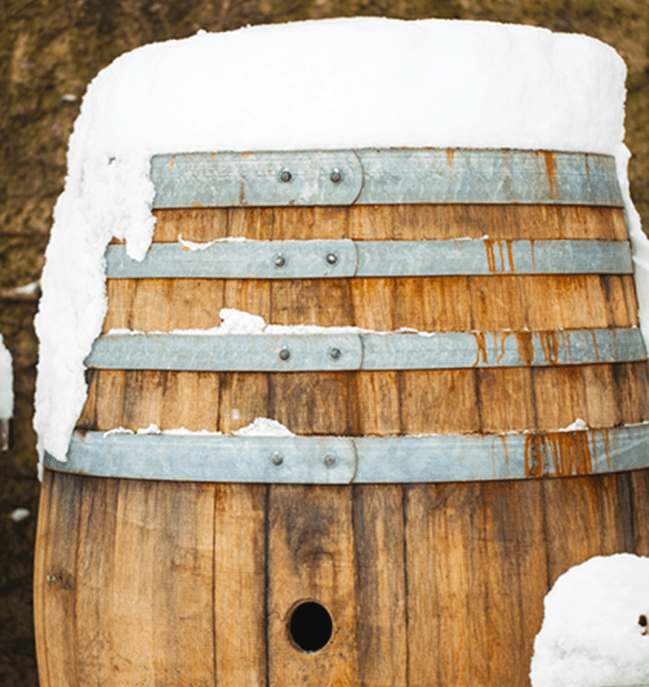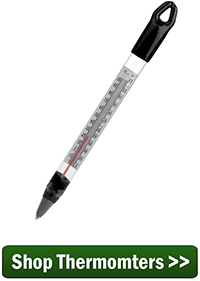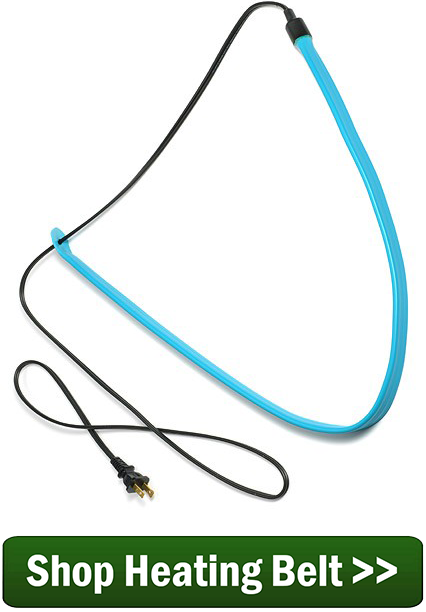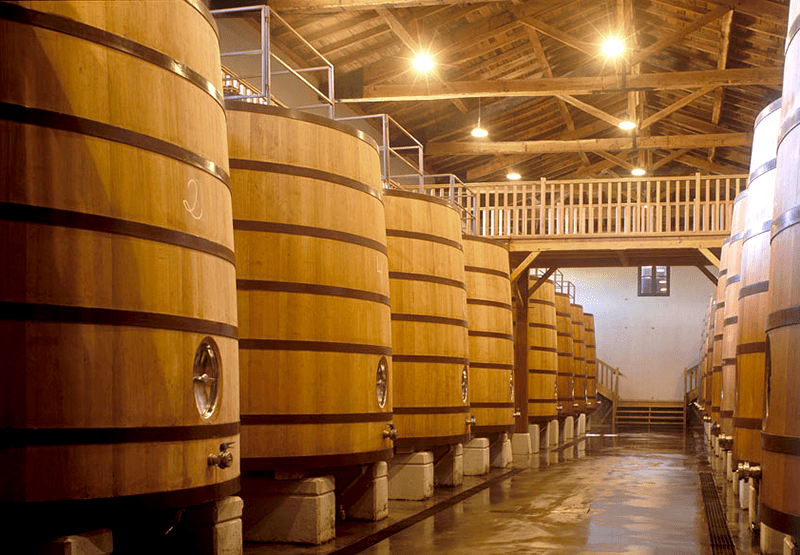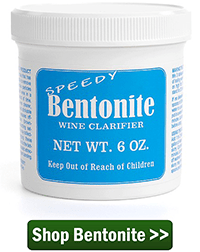Did not receive any instructions on how to use the bottle sealing wax beads I ordered . What is the best method to melt the wax beads. Have never used this wax before. Do you sell some type of melter. If you would please let me know how to use.
Thanks,
Sammy L.
—–
Hello Sammy,
How you use the bottle sealing wax can vary somewhat. There is not a specific way it has to be used.
We recommend melting the sealing wax in a tin of the appropriate size. This can be something as small as a soup can if you are only doing 5 bottles. If you are doing 50 bottles you may want to use something as large as an old 2 pound coffee can tin. Sit the tin in a pan of water to make a double boiler on the stove. This will help the wax to heat more evenly over a period of time.
Once the sealing wax is melted you will want it to stay in that tin, permanently. The wax if very hard to remove once in a container, so don’t actually put the bottle sealing wax in any good pots or pans, themselves.
How to use the bottle sealing wax is something that can be approached from a couple of different angles: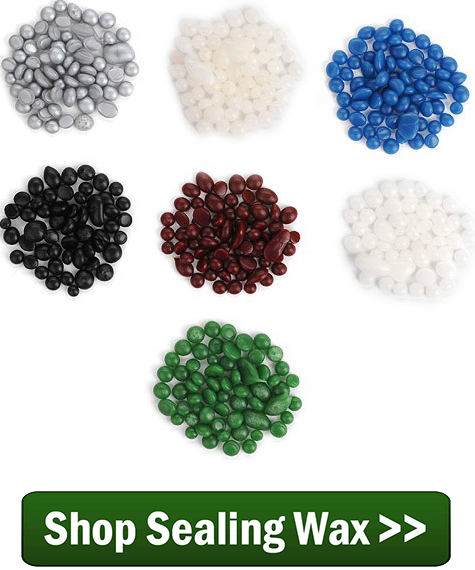
- Dip the whole neck of the wine bottle into the sealing wax.
Not only will the wax be sealing the wine bottle air-tight, but it will also become part of the wine bottle’s decorative decor. The colors look incredible against the glass and can work together with the wine label to a bottle of wine worth sharing.The downside is that this method can use up quite a bit of bottle sealing wax. One pound of wax will do about 40 to 80 bottles depending on how far you dip the neck into the wax. You may also need more sealing wax than this to create a reservoir deep enough to coat the amount of the bottle neck you want. This is dependent on the profile of the tin you select.
- Pour the sealing wax directly onto the cork itself.
The second way to use the sealing wax is more efficient but not as decorative. Inset the cork by an eighth to a quarter of an inch into the neck of the wine bottle. Then pour a disk of wax into the inset. You will want to pinch a spout onto the tin you are using. Heat protective gloves will be needed for this method, as well. Just like dipping the bottle into the wax, the cork is sealed air-tight, but will use much less sealing wax per wine bottle. You will usually get about 150 bottles per pound done with this method.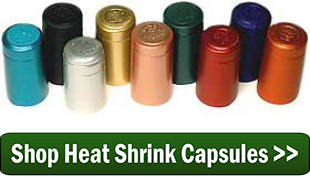
As you can see, how to use bottle sealing wax beads is open to some interpretation. If you are looking for full decorative value, dip the bottle neck into the sealing wax. If you are only wanting to make a better seal then use the second method and add a layer of sealing wax on top of the cork, itself.
Happy Wine Making,
Ed Kraus
—–
Ed Kraus is a 3rd generation home brewer/winemaker and has been an owner of E. C. Kraus since 1999. He has been helping individuals make better wine and beer for over 25 years.


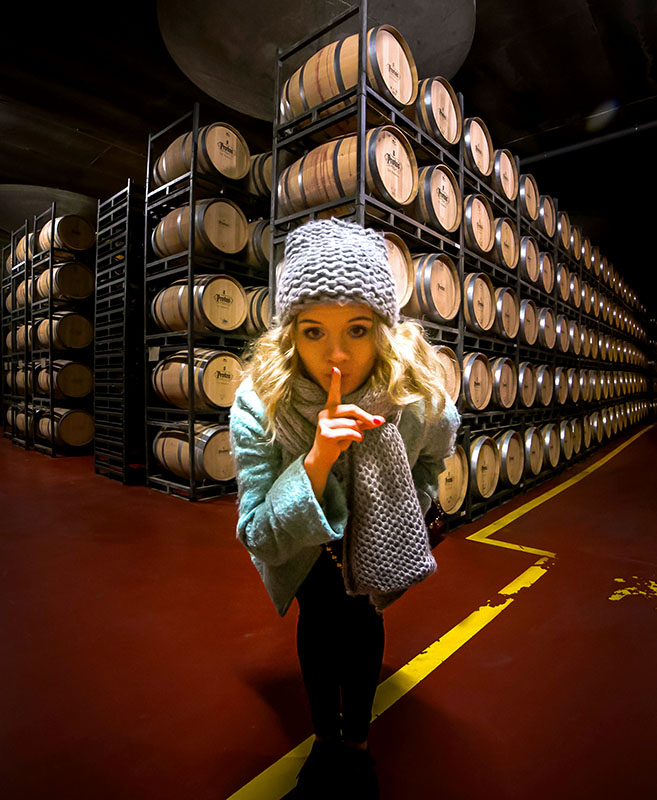
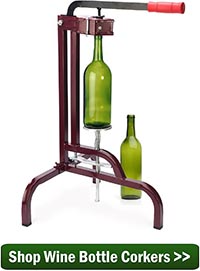
 What’s pink, sugary and fluffy all over?…
What’s pink, sugary and fluffy all over?…